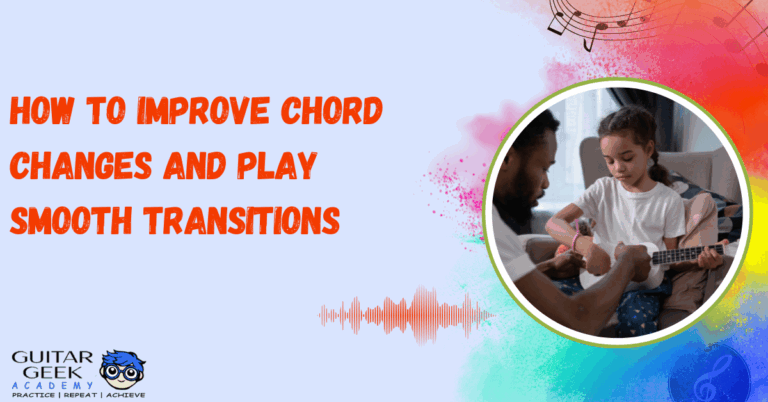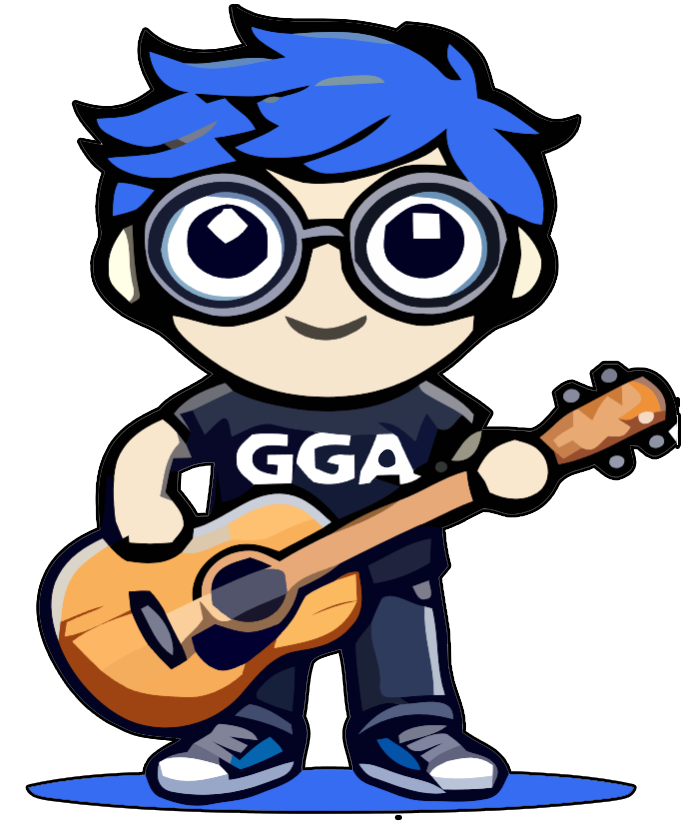Please login to bookmark
Progress on the guitar can sometimes feel like a slow and frustrating process. You might spend hours practicing, yet certain chords still buzz, your fingers don’t move fast enough, or solos seem out of reach. The good news is that improving doesn’t have to take forever.
Many aspiring guitarists make the mistake of focusing on the wrong things or practicing in ways that don’t yield real results. Instead of repeating the same mistakes, a few simple adjustments can help you play more fluidly, develop muscle memory faster, and build confidence with every session.
How to Learn Guitar Faster: 7 Proven Practice Hacks
This guide breaks down seven effective practice techniques that will help you make the most of your time and develop skills efficiently. Whether you’re a beginner or an intermediate player, these strategies will help you reach the next level without feeling stuck.
Use the 80/20 Rule for Efficient Learning
The 80/20 principle, also known as the Pareto Principle, suggests that 20% of your efforts produce 80% of the results. Applied to guitar, this means focusing on the most impactful techniques instead of practicing everything randomly.
Certain skills have a greater impact on overall playing ability. Mastering common chord shapes helps with almost any song. Solid strumming and picking patterns make playing sound more professional. Developing an ear for music helps recognize chord progressions, making it easier to learn songs by ear. Exercises like chromatic scales improve finger independence, making complex movements easier.
By concentrating on these essential areas, you avoid getting lost in less useful exercises and make faster progress.
Slow Down to Improve Speed
A common mistake among guitar learners is trying to play too fast too soon. Speed should be a byproduct of accuracy, not the other way around.
Playing at a reduced speed allows your brain and fingers to develop correct muscle memory. It also helps identify and fix mistakes before they become habits. Using a metronome at a comfortable pace and gradually increasing speed builds steady timing.
To practice effectively, start by playing at half the normal speed. Use a metronome to keep the tempo consistent and increase it slowly over time. Focus on precision, ensuring that each note or chord sounds clean before moving faster.
Many professional guitarists emphasize the importance of slow, deliberate practice. The key to playing faster is to first play with control.
Practice in Short, Focused Sessions
Many assume that longer practice sessions mean better results, but practicing for hours without focus leads to fatigue and poor retention. Instead, breaking practice into short, high-concentration sessions is more effective.
A structured approach to practice helps maintain focus. Start with a warm-up, such as finger exercises or stretching, for five to ten minutes. Follow this with technique development, spending fifteen to twenty minutes focusing on challenging skills like barre chords or alternate picking. Spend the next fifteen to thirty minutes working on songs, improvisation, or jamming. Finally, cool down by revisiting something enjoyable for about five minutes.
Using a timer or the Pomodoro Technique, which involves practicing for twenty-five minutes followed by a five-minute break, can also help maintain concentration without mental burnout.
Use Mental Practice and Visualization
Practicing guitar isn’t just about physical repetition. The mind plays a significant role in improving technique. Research in sports psychology shows that visualizing movements can improve actual performance, and this applies to guitar as well.
Mentally rehearsing guitar movements can reinforce learning. Picture your hands moving as you close your eyes and visualize chord changes or solos. Play without a guitar by imagining yourself playing along to a song. If you struggle with a part, visualize playing it perfectly.
Professional musicians often practice in their heads when away from their instrument, making their actual playing time more productive.
Record Yourself and Analyze Your Playing
Many guitarists don’t realize their mistakes because they are too focused on playing in the moment. Recording your sessions allows you to hear what you sound like objectively and pinpoint areas for improvement.
Listening to recordings can help identify timing issues, missed notes, or weak areas. It also helps track progress over weeks or months, providing motivation as improvements become clear. Reviewing recordings builds confidence by letting you hear improvements over time.
To use this method effectively, start by using a phone or simple audio recorder to capture daily or weekly progress. Listen critically and note areas that need improvement. Compare recordings over time to see how much progress has been made.
Many professional musicians review recordings of their practice sessions to refine their technique.
Play Along with Backing Tracks and Jam with Others
Playing guitar alone is great for technical improvement, but real growth happens when you play with backing tracks or other musicians.
Playing with backing tracks helps improve timing by keeping you in sync with a band-like setting. It also develops musical ear training, forcing you to listen and adjust dynamically. Jamming with others builds confidence and makes you more comfortable in live settings.
To incorporate this into practice, use online backing tracks available on platforms like YouTube or apps designed for jamming. Play along with the original recording of a song to match the rhythm and dynamics. Joining a local jam session or band can also be a great way to develop ensemble skills.
Even beginner players benefit from playing with backing tracks, as it builds a sense of rhythm and musicality.
Bonus Tips: Avoiding Common Pitfalls
Some habits can slow down progress, making learning more frustrating. Common mistakes include practicing without focus, which leads to mindless repetition. Skipping warm-ups can result in poor finger dexterity and tension. Neglecting rhythm and timing makes playing sound unpolished. Avoiding difficult techniques instead of working through them prevents growth.
Using the right tools can make learning easier. A metronome is essential for timing and gradual speed improvement. Guitar tabs and sheet music help learn songs accurately. Slowdown software like Transcribe! or Audacity can break down difficult solos. Online courses from platforms like Justin Guitar or Guitar Tricks provide structured lessons.
Final Thoughts
Improving on the guitar doesn’t have to take years. Small, strategic changes in practice routines can make a noticeable difference. By focusing on structured goals, mindful practice, and incorporating effective techniques, progress becomes steady and consistent.
Instead of just practicing longer, practicing with purpose leads to better results. Trying even one of these methods today can help bring noticeable improvements over time.









